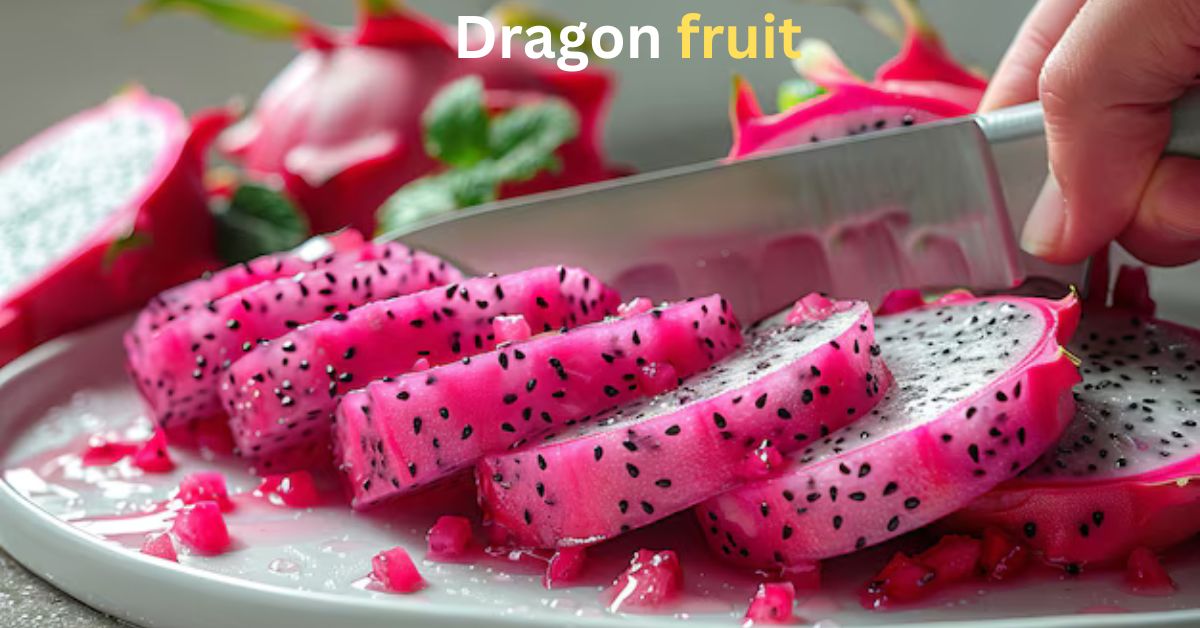Introduction
The pink dragon fruit plant, with its vibrant, scaly skin and unique, sweet-tasting flesh, is a captivating addition to any garden. This exotic cactus is not only visually stunning but also a rewarding plant to cultivate, offering delicious fruit and serving as a unique conversation starter. This comprehensive guide will delve into the intricacies of growing this fascinating plant, covering everything from its origins and characteristics to cultivation techniques and potential challenges.
Understanding the Pink Dragon Fruit Plant
The pink dragon fruit, scientifically known as Hylocereus undatus, is a climbing cactus native to Central and South America. Thriving in tropical and subtropical climates, this plant requires warm temperatures and ample sunshine to flourish. It is characterized by its long, trailing stems adorned with sharp spines and large, fragrant, nocturnal flowers that bloom for just one night.
Key Characteristics:
- Appearance: The plant boasts vibrant green, climbing stems that can reach impressive lengths. The fruit is typically oval-shaped with a vibrant pink or red skin.
- Flowering: Large, white, fragrant flowers bloom at night and are pollinated by nocturnal insects such as moths.
- Fruit: The fruit has white or pink flesh speckled with small, edible black seeds. Its flavor is a sweet and refreshing blend of kiwi, pear, and strawberry.
Cultivation Techniques
1. Climate and Sunlight:
- Climate: The pink dragon fruit thrives in warm, humid climates. Protect the plant from frost, as it can cause severe damage or death.
- Sunlight: Ensure the plant receives 6-8 hours of direct sunlight daily to support healthy growth and fruit production.
2. Soil and Water:
- Soil: Use well-draining soil rich in organic matter. Avoid heavy clay soils, which retain excessive moisture and may cause root rot.
- Watering: Water the plant regularly during the growing season, keeping the soil consistently moist but not waterlogged. Reduce watering in winter.
3. Planting and Support:
- Planting: Use dragon fruit cuttings or seedlings in well-prepared soil.
- Support: Provide sturdy support for climbing stems, such as a trellis, fence, or strong posts, to maximize vertical growth and fruit production.
4. Fertilization:
- Fertilize: Apply a balanced fertilizer during the growing season to promote healthy growth and fruit development. Avoid over-fertilizing to prevent damage.
5. Propagation:
- Cuttings: Take 1-2 foot cuttings from healthy stems and allow them to callus for a few days before planting in well-draining soil.
6. Pollination:
- Hand Pollination: While nocturnal insects are primary pollinators, hand pollination can boost fruit production. Use a small brush to transfer pollen from the anther of one flower to the stigma of another.
7. Pest and Disease Control:
- Common Pests: Monitor for pests like mealybugs, scale insects, and aphids.
- Disease Prevention: Ensure proper drainage and avoid overwatering to prevent fungal infections.
8. Harvesting:
- Ripeness: Harvest fruit when the skin reaches peak color intensity and yields slightly to gentle pressure.
- Handling: Handle fruit carefully to avoid bruising.
Potential Challenges
- Frost Damage: Protect the plant with frost covers or move it indoors during cold spells.
- Pest and Disease Issues: Regularly inspect for pests and diseases and take prompt action.
- Pollination Problems: Ensure adequate pollination to maximize fruit yield.
Culinary Uses
- Fresh Consumption: Enjoy the fruit fresh by slicing or scooping it out with a spoon.
- Juices and Smoothies: Blend dragon fruit into refreshing beverages.
- Salads: Add diced fruit to salads for a burst of color and flavor.
- Desserts: Incorporate into desserts such as parfaits, sorbets, and cakes.
Pink Dragon Fruit Plant:
| Aspect | Description |
| Plant Type | Cactus |
| Origin | Central and South America |
| Climate | Tropical and Subtropical |
| Sunlight | Full sun (6-8 hours daily) |
| Soil | Well-draining, sandy loam |
| Water | Regular watering during growth, reduce in winter |
| Fertilizer | Balanced fertilizer during growth, reduce in winter |
| Propagation | Cuttings |
| Support | Trellis or fence for climbing |
| Harvest | 1-2 years after planting |
| Pests and Diseases | Scale insects, mealybugs, fungal diseases |
| Special Considerations | Protect from frost, provide adequate support, hand-pollinate flowers for optimal fruit production |
| Nutritional Benefits | Rich in antioxidants, vitamins C and B-complex, fiber, and minerals like iron and phosphorus |
Health Benefits
- Antioxidants: Dragon fruit is rich in antioxidants, which help protect the body from cellular damage.
- Vitamins and Minerals: A good source of vitamin C, B-complex vitamins, iron, and phosphorus.
- Fiber: High in dietary fiber, promoting digestive health.
Ornamental Value
- Vivid Blooms: The plant’s large, fragrant flowers create a stunning visual spectacle.
- Unique Appearance: Its climbing habit and vibrant colors make it a standout addition to any landscape.
Conclusion
Growing the pink dragon fruit plant is a rewarding experience, offering both delicious fruit and a unique ornamental plant. By following the cultivation techniques outlined in this guide and addressing potential challenges, you can successfully grow this exotic fruit in your garden.







Pingback: Conquering Winter: Jerry Samples the Sweetness of Pink Panther Dragon Fruit 2025 -